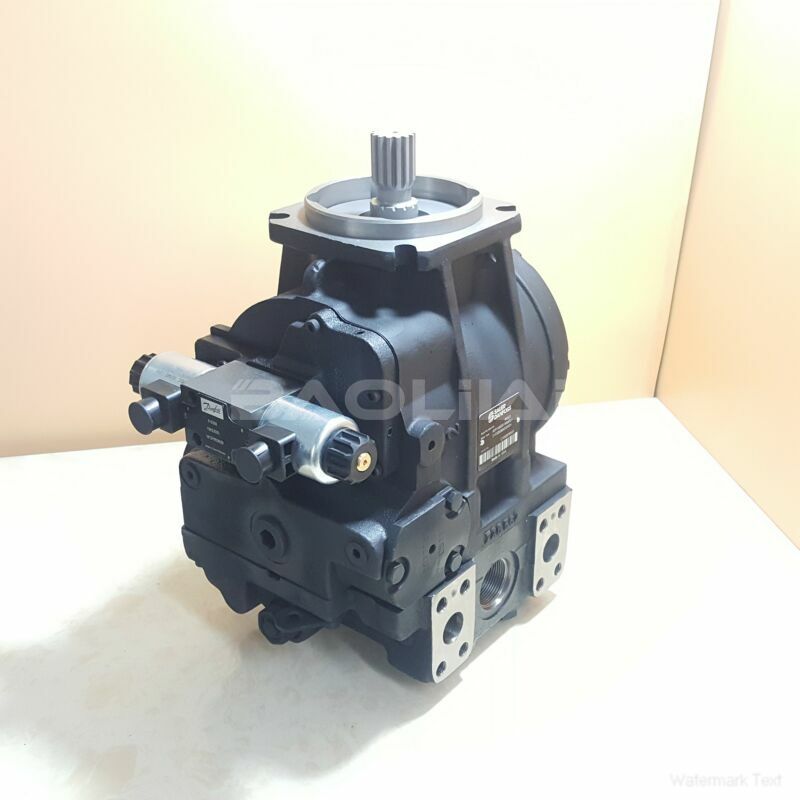90L130KA1CD80R3F1H03GBA353524 sauer danfoss pump
90L130KA1CD80R3F1H03GBA353524 sauer danfoss pump

- Product Details
- Applicable Scene
Plunger pumps are essential components in various industries, providing efficient and reliable fluid handling solutions. However, like any mechanical device, they can experience wear and tear over time. Recognizing the signs that your plunger pump needs repair is crucial for maintaining operational efficiency and preventing costly downtime. Here are several indicators to help you identify when your plunger pump may require attention.
90-L-130-KA-1-CD-80-R-3-F1-H-03-GBA-35-35-24
90L130KA1CD80R3F1H03GBA353524
One of the first signs that your plunger pump may need repair is a decrease in performance. If you notice a drop in pressure or flow rate, it could indicate wear in the plunger or valve components. Changes in the pump’s performance can significantly affect the efficiency of your operations, so it’s important to monitor these parameters regularly.

9721231
Another common issue is the presence of unusual noises. If your pump starts making grinding, knocking, or squealing sounds, it could be a signal that parts are out of alignment or that bearings are failing. Listening for these noises during operation can help you catch potential problems before they escalate into major failures.
Leaks around the pump are also a clear indication that something is wrong. Fluid leaking from the pump can suggest worn seals, loose connections, or cracked housing. It’s essential to address leaks promptly, as they can lead to significant fluid loss and environmental hazards.
Additionally, frequent tripping of safety devices or alarms can indicate that the pump is not operating within its designed parameters. This can be due to a variety of reasons, including blockages in the system, cavitation, or mechanical failures. If these alarms are triggered often, it’s time to investigate and potentially repair your plunger pump.
Vibration is another critical indicator of pump problems. Excessive vibration can affect the stability and lifespan of the pump, often signaling issues like misalignment, imbalance, or damaged components. Monitoring vibration levels with specialized equipment can provide insight into the condition of your pump.





